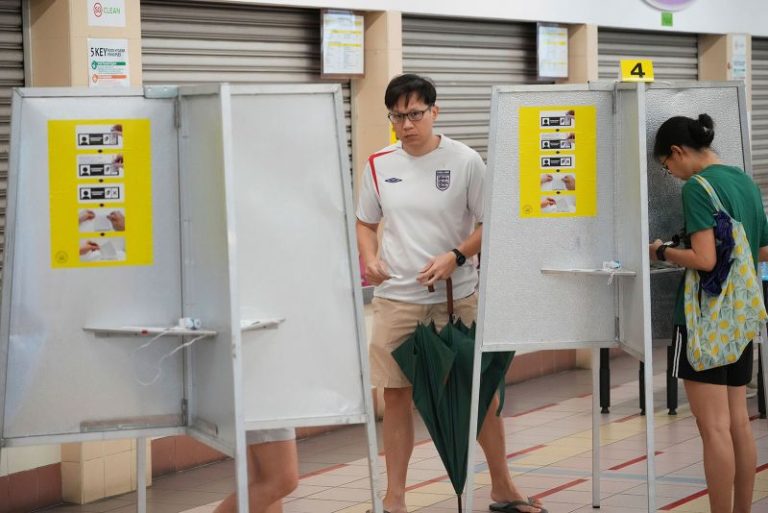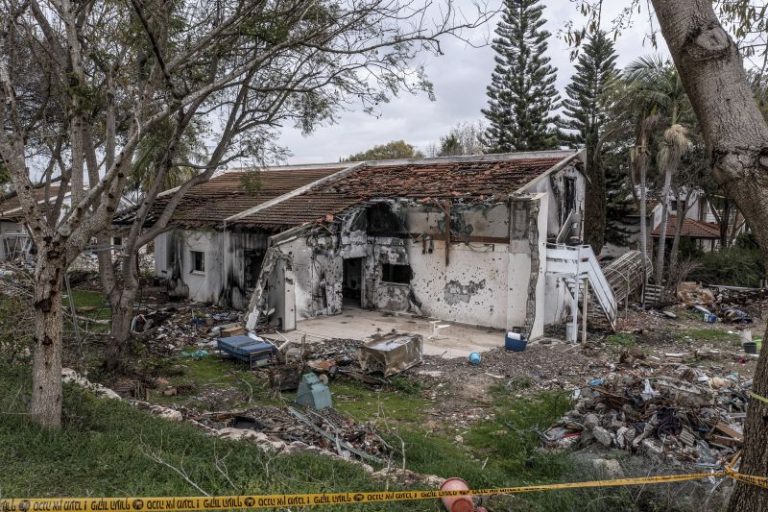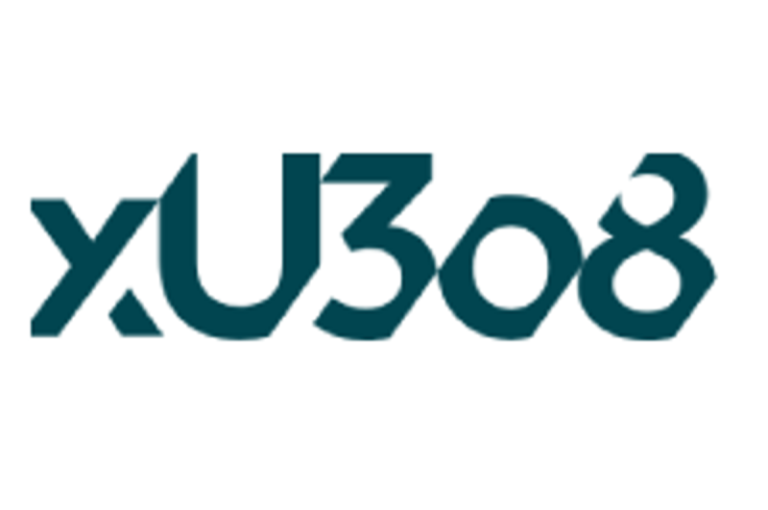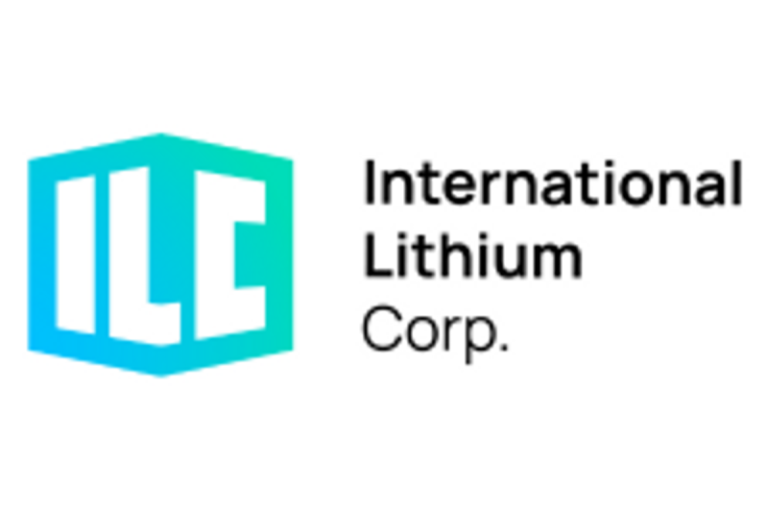finlay minerals ltd. (TSXV: FYL) (OTCQB: FYMNF) (‘Finlay’ or the ‘Company’) is pleased to announce the receipt of TSX Venture Exchange (the ‘ Exchange ‘) conditional acceptance for its previously announced earn-in agreement (the ‘ PIL Earn-In Agreement ‘) with Freeport-McMoRan Mineral Properties Canada Inc. (‘ Freeport ‘), a wholly owned subsidiary of Freeport-McMoRan Inc. (NYSE:FCX) relating to its PIL property (‘ PIL Property ‘). The PIL Property consists of 50 mineral claims in the Toodoggone District of northern British Columbia . The Company also entered into an earn-in agreement (the ‘ ATTY Earn-In Agreement ‘) with Freeport relating to its ATTY property (the ‘ ATTY Property ‘, together with the PIL Property, the ‘ Properties ‘). The ATTY Earn-In Agreement is not subject to Exchange approval, as it qualifies as an ‘Exempt Transaction’ under Exchange Policy 5.3 Acquisitions and Dispositions of Non-Cash Assets . The PIL and ATTY earn-in agreements are arm’s length transactions, and no finder’s fees are payable in connection with either earn-in agreement.
Pursuant to the PIL Earn-In Agreement, Freeport may acquire an 80% interest in the PIL Property by making aggregate cash payments of CAD $3,000,000 to Finlay and completing an aggregate of $25,000,000 of exploration expenditures on the PIL Property over a 6-year period. Pursuant to the ATTY Earn-In Agreement, Freeport may acquire an 80% interest in the ATTY Property by making aggregate cash payments of CAD $1,100,000 to Finlay and completing an aggregate of $10,000,000 of exploration expenditures on the ATTY Property over a 6-year period. The earn-in in respect of each of the Properties may be exercised separately, and the full details of the exercise requirements for each earn-in are set out in the table below. Following the completion of the earn-in on either of the Properties, Freeport and Finlay will respectively hold interests of 80% and 20% in such Property, and a joint venture company will be formed for further exploration and development. In the event that a party does not fund their portion of further joint venture programs, their interests in the joint venture company will dilute. Any party that dilutes to below a 10% interest in the joint venture company will exchange its joint venture company interest for a net smelter returns (‘ NSR ‘) royalty of 1% on the applicable Property, which is subject to a 0.5% buyback for USD $2,000,000 .
Table 1 . Staged cash and expenditure terms for the PIL and ATTY earn-in agreements.
|
PIL |
ATTY |
|||
|
Cash |
Work |
Cash |
Work |
|
|
Year 1 |
$ 550,000 |
$ 750,000 |
$ 150,000 |
$ 500,000 |
|
Year 2 |
$ 350,000 |
$ 1,000,000 |
$ 100,000 |
$ 1,000,000 |
|
Year 3 |
$ 375,000 |
$ 3,000,000 |
$ 125,000 |
$ 1,500,000 |
|
Year 4 |
$ 400,000 |
$ 5,250,000 |
$ 150,000 |
$ 2,000,000 |
|
Year 5 |
$ 500,000 |
$ 5,500,000 |
$ 275,000 |
$ 2,000,000 |
|
Year 6 |
$ 825,000 |
$ 9,500,000 |
$ 300,000 |
$ 3,000,000 |
|
Total (CAD) |
$3,000,000 |
$25,000,000 |
$1,100,000 |
$10,000,000 |
These earn-in requirements can be accelerated by Freeport at its discretion. During the earn-in period, Finlay will be the operator on the Properties, collecting an operator’s fee, under the direction of a joint technical committee that will approve work programs and budgets during the earn-in period.
The PIL & ATTY Properties are each subject to a 3.0% NSR royalty held by Electrum Resource Corporation (‘ Electrum ‘), a private company, the outstanding voting shares of which are held by Company directors John A. Barakso and Ilona B. Lindsay . The Company has a current right to buy back ½ of the royalty (1.5%) on each property for an aggregate payment of $2,000,000 and $1,500,000 respectively. Finlay and Electrum have entered into amended and restated royalty agreements (the ‘ A&R Royalty Agreements ‘) relating to each of the PIL and ATTY Properties, pursuant to which upon and subject to the exercise of the earn-in in respect of each Property by Freeport , the buy-back right will be amended to provide for a 2.0% royalty buy-back for each Property, in consideration for an increased buy-back payment that will be sole-funded by Freeport without joint venture dilution to Finlay, and will be divided equally between Finlay and Electrum. For the PIL Property, the increased buy-back will be:
For the ATTY Property, the increased buy-back will be:
-
- USD$5,000,000 if the buy-back is exercised on or before the date that is 60 days following the report of an initial Pre-Feasibility Study on the ATTY Property;
- USD$7,500,000 if the buy-back is exercised on or before the date that is 60 days following the report date of an initial Feasibility Study on the ATTY Property; or
- USD$10,000,0000 if the buy-back is exercised on or after commercial production.
Under the A&R Royalty Agreements, Finlay and Electrum have also agreed, subject to the exercise of the applicable Freeport earn-in, to extinguish share issuance obligations of 1,000,000 common shares and 500,000 common shares owing to Electrum prior to or on a production decision on the PIL and ATTY Properties respectively.
Freeport-McMoRan (FCX) is a leading international metals company focused on copper, with major operations in the Americas and Indonesia and significant reserves of copper, gold, and molybdenum.
About the PIL Property:
The 100% owned PIL Property covers 13,374 hectares of highly prospective ground in the prolific Toodoggone mining district of north-central British Columbia. The core PIL claims were staked over 30 years ago by the founders of the Company. Over the decades, numerous Cu-Au-Mo porphyry and porphyry-related Au-Ag epithermal targets have been identified at PIL. The identified targets are central to a broader 70 km porphyry corridor trend, which includes: Centerra Gold’s past producing Kemess South Cu-Au porphyry mine and Kemess Underground Cu-Au-Ag porphyry resource, Thesis Gold’s Lawyers-Ranch Au-Ag epithermal resource, and the newly discovered Amarc Resources and Freeport AuRORA Cu-Au-Ag porphyry. Readers are cautioned that mineralization on the foregoing regional properties is not necessarily indicative of mineralization on the PIL Property. The PIL Property is road accessible and permitted for the 2025 season.
About the ATTY Property:
The 100% owned ATTY Property covers 3,875 hectares in the prolific Toodoggone mining district of north-central British Columbia. The ATTY Property adjoins Centerra Gold’s Kemess Project and Amarc Resources and Freeport’s JOY property. Several epithermal-style Ag ± Au ± Cu ± base-metal veins are exposed on the ATTY Property, and geochemical and geophysical work have outlined at least two promising porphyry targets, including the drill-ready KEM Target. The ATTY Property is road accessible and permitted for the 2025 season.
Qualified Person:
Wade Barnes , P. Geo. and Vice President, Exploration for Finlay and a qualified person as defined by National Instrument 43-101, has reviewed and approved the technical content of this news release.
About finlay minerals ltd.
Finlay is a TSXV company focused on exploration for base and precious metal deposits with five 100% owned properties in northern British Columbia : the PIL and ATTY properties in the Toodoggone, the Silver Hope Cu-Ag Property (21,322 ha) and the SAY Cu-Ag Property (26,202 ha) and JJB Property (15,423 ha) in the Bear Lake Corridor of BC.
Finlay Minerals is advancing the ATTY, PIL, JJB, SAY and Silver Hope Properties that host copper-gold porphyry and gold-silver epithermal targets within different porphyry districts of northern and central BC. Each property is located in areas of recent development and porphyry discoveries with the advantage of hosting the potential for new discoveries.
Finlay trades under the symbol ‘FYL’ on the TSXV and under the symbol ‘FYMNF’ on the OTCQB. For further information and details, please visit the Company’s website at www.finlayminerals.com
On behalf of the Board of Directors,
Robert F. Brown
President, CEO & Director
Neither the TSXV nor its Regulation Services Provider (as that term is defined in the policies of the TSXV) accepts responsibility for the adequacy or accuracy of this release.
Forward-Looking Information: This news release includes certain ‘forward-looking information’ and ‘forward-looking statements’ (collectively, ‘forward-looking statements’) within the meaning of applicable Canadian securities legislation. All statements in this news release that address events or developments that we expect to occur in the future are forward-looking statements. Forward-looking statements are statements that are not historical facts and are generally, although not always, identified by words such as ‘expect’, ‘plan’, ‘anticipate’, ‘project’, ‘target’, ‘potential’, ‘schedule’, ‘forecast’, ‘budget’, ‘estimate’, ‘intend’ or ‘believe’ and similar expressions or their negative connotations, or that events or conditions ‘will’, ‘would’, ‘may’, ‘could’, ‘should’ or ‘might’ occur. All such forward-looking statements are based on the opinions and estimates of management as of the date such statements are made. Forward-looking statements in this news release include statements regarding, among others, the exploration plans for the Properties and the potential exercise of Freeport’s option to acquire an interest in the Properties. Although Finlay believes the expectations expressed in such forward-looking statements are based on reasonable assumptions, such statements are not guarantees of future performance and actual results or developments may differ materially from those forward-looking statements. Factors that could cause actual results to differ materially from those in forward-looking statements include market prices, exploration successes, and continued availability of capital and financing and general economic, market or business conditions. These forward-looking statements are based on a number of assumptions including, among other things, assumptions regarding general business and economic conditions, the timing and receipt of regulatory and governmental approvals, the ability of Finlay and other parties to satisfy stock exchange and other regulatory requirements in a timely manner, the availability of financing for Finlay’s proposed transactions and programs on reasonable terms, and the ability of third-party service providers to deliver services in a timely manner. Investors are cautioned that any such statements are not guarantees of future performance and actual results or developments may differ materially from those projected in the forward-looking statements, and accordingly undue reliance should not be put on such statements due to the inherent uncertainty therein. Finlay does not assume any obligation to update or revise its forward-looking statements, whether as a result of new information, future or otherwise, except as required by applicable law.
SOURCE finlay minerals ltd.
View original content to download multimedia: http://www.newswire.ca/en/releases/archive/May2025/02/c5071.html
News Provided by Canada Newswire via QuoteMedia










